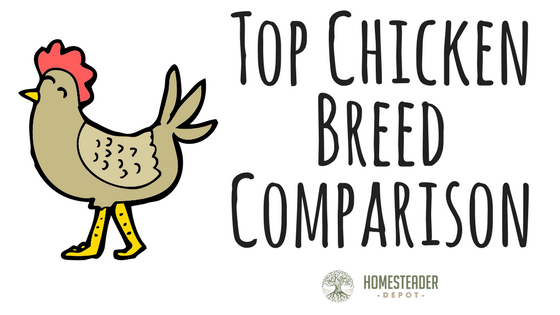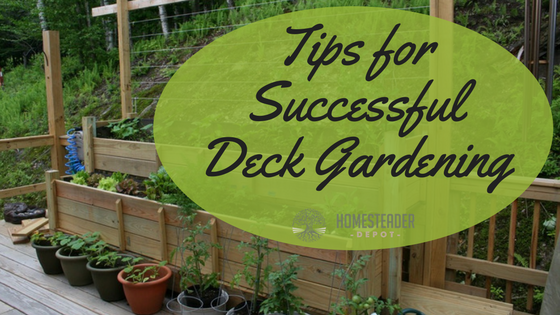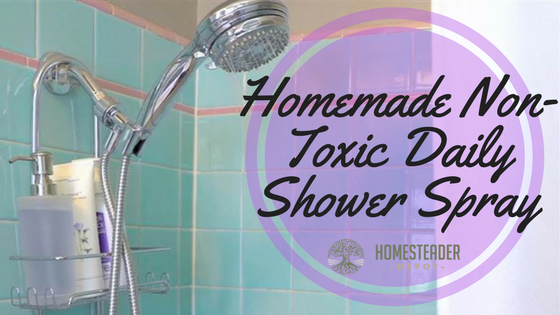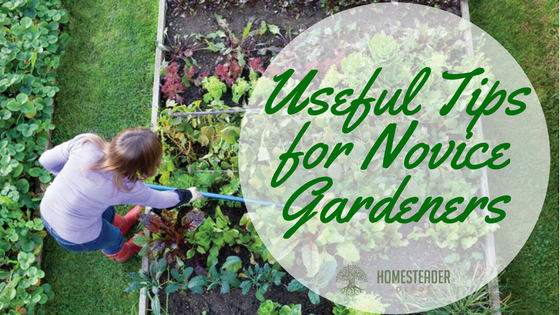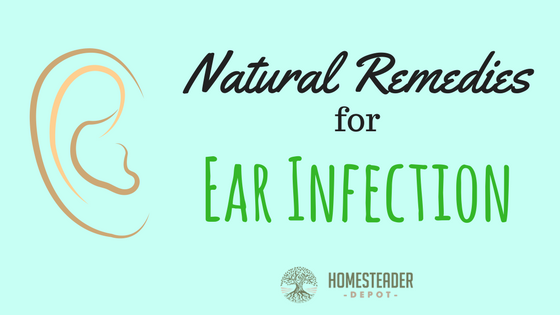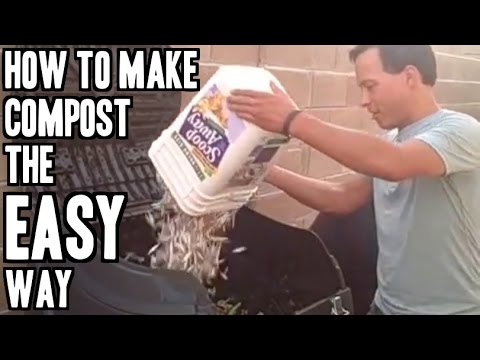Top Chicken Breed Comparison (Infographic)
When it comes to choosing breeds to begin a flock of chickens, you have probably found it is quite overwhelming choosing the right one for your needs. Every breed has it’s pros and cons. Those that are popular are popular for good reason, but, like heirloom vegetables, lesser-known chicken breeds have their perks and benefits. … Read more

